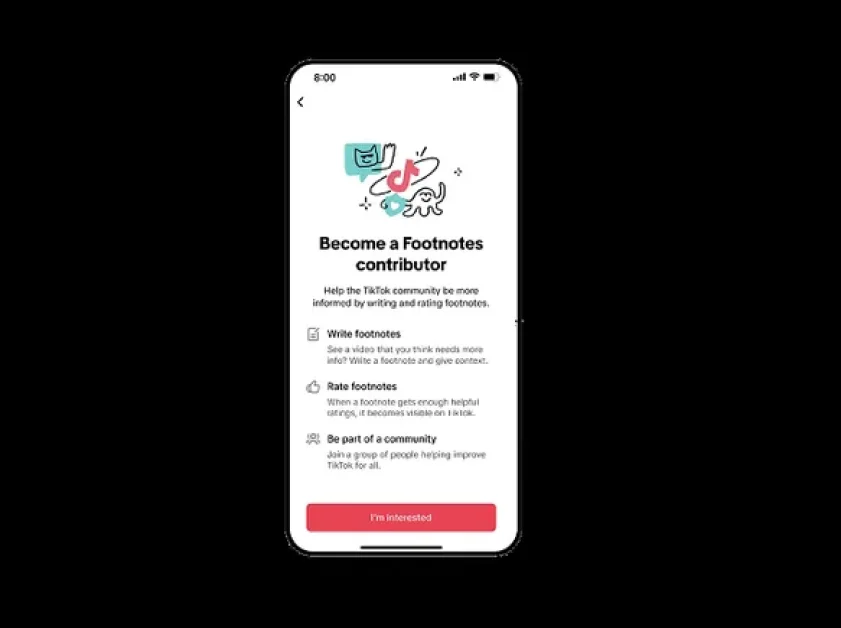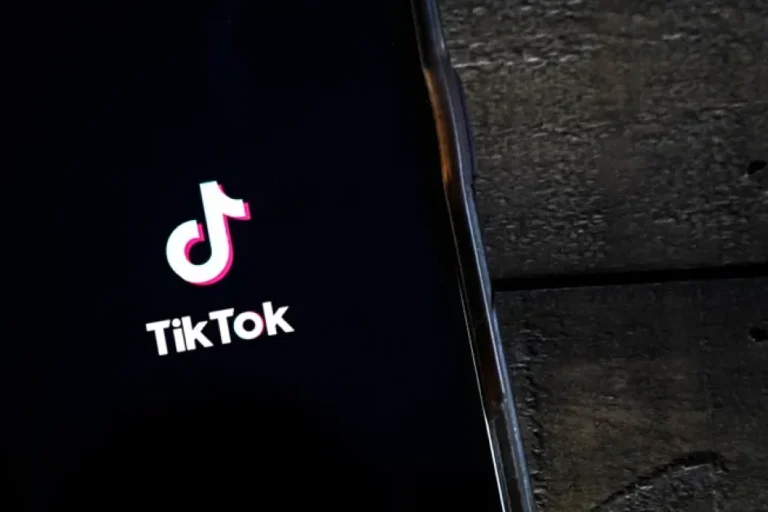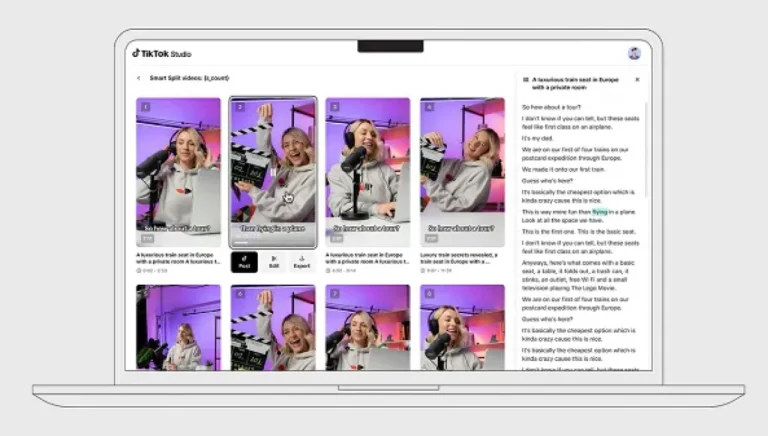TikTok is the latest social app to jump on the crowd-sourced fact-checking shift, with the platform launching a live test of what it’s calling “Footnotes”, which are user-submitted contextual notes appended to posts.
As explained by TikTok:
“Footnotes will draw on the collective knowledge of the TikTok community by allowing people to add relevant information to content on our platform. It will add to our suite of measures that help people understand the reliability of content and access authoritative sources, including our content labels, search banners, our fact-checking program, and more.”
So now, users will be able to add fact-checking notes and contextual references to TikTok clips that include questionable claims, which will help to expand its moderation process.
So it’s X’s Community Notes, but on TikTok, just like Meta’s now testing.
Indeed, TikTok’s Footnotes system will be based on X’s open-sourced Community Notes system, so it will be a virtual replica of X’s crowd-sourced fact-checking, warts and all.
The “warts” in this context being that TikTok’s Footnotes will also factor in the bias of each notes contributor, which is the most controversial element of X’s system:
“It works by allowing contributors with differing opinions to leave and vote on the helpfulness of a footnote. Only footnotes that meet the threshold for “helpful” will be visible to the community, at which point the broader community can vote on it, too.”
To be clear, this is both a necessary consideration, to ensure the system isn’t so easily gamed by bad actors, but also a problematic one, in that by factoring in each contributor’s political bias, and only displaying a note when there’s agreement from both sides, that means that a lot of the most divisive political misinformation will never be flagged as such by this process.
Because as various studies have now shown, on some topics, there will never be agreement.
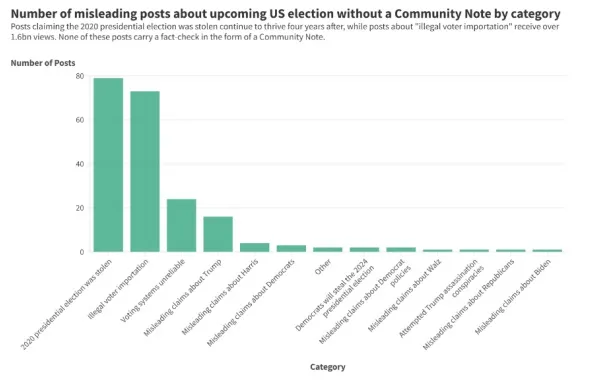
As you can see in these results, based on a study conducted by the Center for Countering Digital Hate (CCDH), these are some of the topics that have repeatedly failed to reach cross-political agreement that a note is necessary, and as such, notes are not shown on content that amplifies these false claims.
Which is particularly problematic in a time where the President himself is prone to hyperbole and exaggeration, and this remains the most glaring flaw in the community notes approach.
But unlike X and Meta, TikTok is also going to maintain its existing fact-checking partnerships:
“Footnotes augments our existing suite of platform integrity measures and features. For example, we add labels to content that can’t be verified. We provide access to reliable information through TikTok’s Election Centers and in Search. We also continue to partner with more than 20 IFCN-accredited fact-checking organizations to assess the accuracy of content on TikTok in over 60 languages and in 130 markets around the world. Footnotes adds to these efforts with more ways to add helpful details that may be missing, ultimately enriching discussions on TikTok and improving the experience for viewers, contributors and creators alike.”
Which, really, is the way that it should work, and this combined approach will likely yield much better results overall than putting too much reliance on one or the other.
Also, this is only being tested in the U.S. for now. And maybe, it’ll never actually expand to more regions.
Because like Meta, I suspect that TikTok’s shift to a community notes model is a move designed to appeal to the Trump administration, and gain more favor from the Trump team.
TikTok has already been looking to praise and support the President at every turn, as part of its broader push to remain in the U.S., even sharing Trump’s performance stats with him in a special overview.
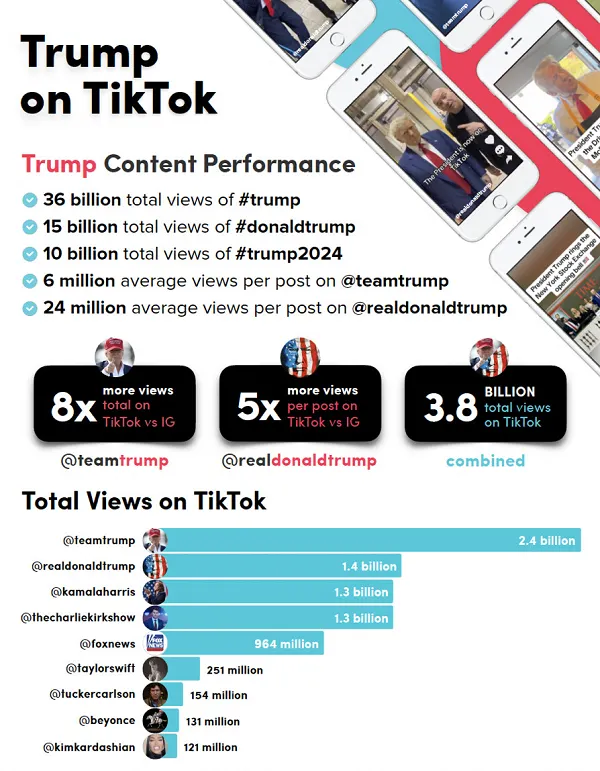
Appealing to Trump’s vanity is probably a good way to get in his good books, while converting to a notes model, which favors the Trump Administration’s approach, could be another step in that direction.
Though it may not matter either way. The TikTok sell off bill has already been embedded in law, and while Trump can order it not be enforced by government agencies for a time, he can’t overturn it himself. But then again, Trump will have the final say on any deal to keep the app in the U.S., and as such, maybe aligning with his requests will help to grease the wheels a little more on a favorable outcome.
Either way, TikTok has till June to come up with a U.S. co-ownership agreement. And as Trump’s trade war with China escalates, maybe, TikTok’s going to need to implement every measure that it can to appease the President.

